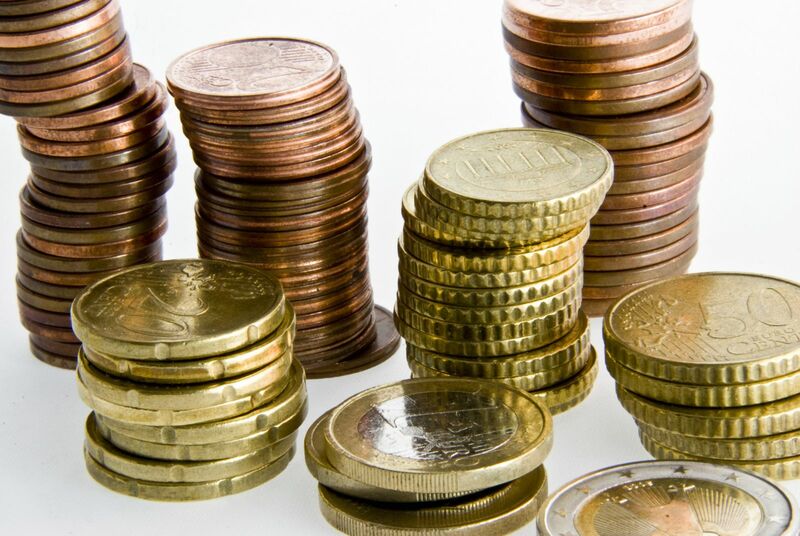
According to Barchart.com data, there were 169 new 52-week highs in Monday trading on all U.S. exchanges compared to 141 52-week lows. Of those, 107 52-week highs were NYSE stocks and 32 52-week lows.
One of the 107 52-week highs was ING Groep (ING), the Dutch banking and wealth management giant. It was ING’s 35th 52-week high of the past 12 months, putting it 63rd out of the 169 for all U.S. stock exchanges.
Up 38% over the past year, it last traded above $20 in 2008, just before the financial crisis. Here’s why it could get back there by the end of 2024.
Momentum Remains Strong
Before I get into some of ING’s financial details and review its business operations, it’s important to point out that it’s got plenty of momentum to blow through $20.
Investor’s Business Daily pointed out on March 14th that its relative strength (RS) rating had moved from 68 to 72, indicating rising momentum.
“Over 100 years of market history reveals that the stocks that go on to make the biggest gains typically have an 80 or better RS Rating as they begin their largest climbs,” IBD wrote.
IBD’s relative strength rating ranges from 1 to 99. A 99 rating means it has outperformed 99% of stocks over the past 52 weeks. It looks for stocks with an RS rating of 80 or higher, suggesting that big price runs often come when the RS rating is in the 90s.
At 72, ING has outperformed 72% of stocks over the past 52 weeks. To get to $20 or higher, its RS rating has got to move into the 80s or 90s.
As I said in the intro, ING stock hasn't traded above $20 since 2008. That’s not entirely accurate. It hit $20 in January 2018, but only for a day or two. Since the market’s March/April 20202 correction, it’s up 216%. However, you could say that about a lot of stocks.
From November 2005 to August 2008, it traded at $30 or higher, hitting an all-time high of $47.18 on April 23, 2007.
It could get back there, but a lot has to go right.
Business Was Much Stronger in 2023
ING reported its 2023 full-year results in February. They were very strong.
On the top line, it finished the year with revenue of 22.58 billion euros ($24.51 billion), 21.6% higher than 2022. On the bottom line, its net income was 7.29 billion euros ($791.2 million), 98.3% higher than a year ago.
Metrics that saw improvements include net interest margin, up 22 basis points to 1.56%, a 72.1% reduction in net additions to loan loss provisions, a 910 basis point reduction in its cost/income ratio to 51.2%, and a common equity Tier 1 ratio of 14.7%, 20 basis points higher than 2022.
Despite the strong results, its loan portfolio declined by 3.4% to 786.65 billion euros ($853.77 billion). However, it does expect loan demand to pick up in 2024. At the end of December 2023, its loan loss provisions were 5.62 billion euros ($6.10 billion), down from 5.98 billion euros ($6.49 billion) in 2022, 0.71% of its loan book.
“We’re pleased to see that both Retail and Wholesale Banking contributed to our strong results, with net profit almost doubling to €7.3 billion and a full-year RoE of 14.8%. This was driven by higher net interest income and our continued low risk costs, reflecting our strong asset quality,” stated CEO Steven van Rijswijk.
Looking ahead, it could be in a position to grow again in 2024.
Customer Base Growing Briskly
ING finished 2023 with 15.3 million customers, 750,000 higher than at the end of 2022. Of its total active customers, 62% were mobile-only, up from 58% a year earlier. The biggest contributions to its customer growth were in Germany, Spain, and the Netherlands, its home base.
On the downside, interest rates are likely to begin falling in the second half of 2024, resulting in lower profits, which suggests the momentum might have peaked with its 2023 year-end results.
“While growth stood up well in 2023, it is expected to slow this year. But at the same time, banks are having to pay elevated deposit rates to investors, so right now the outlook is not looking quite so rosy for the banking sector generally,” Reuters reported Equiti Capital Chief Macro Economist Stuart Cole’s comments.
ING’s CEO did say that it expects to generate a 12.0-12.5% return on equity over the long haul, which is still quite respectable.
While analysts are lukewarm about ING stock, 14 of the 23 analysts covering it rate it a Buy, with a target price of $16.96, 8% higher than where it’s currently trading. That’s to be expected, given its run over the past year.
ING’s ADR earnings per share is expected to be $1.94 in 2024 and $2.18 in 2025. It currently trades at 8.2x 2024 EPS and 7.3x 2025.
While there’s some risk, ING will give away some of the past year’s gains because of lower net interest income in 2024; options can lower your risk exposure.
Checking out today’s options trading on Tuesday morning, its Oct. 18 $15 call has an ask price of $1.30, an 8.7% down payment on its strike. With 213 days to expiration, you can double your money on the call if the share price increases by $2.09 (13%) before October.
In the worst-case scenario, you’re out $130. I like the risk if you’re long ING.
On the date of publication, Will Ashworth did not have (either directly or indirectly) positions in any of the securities mentioned in this article. All information and data in this article is solely for informational purposes. For more information please view the Barchart Disclosure Policy here.







